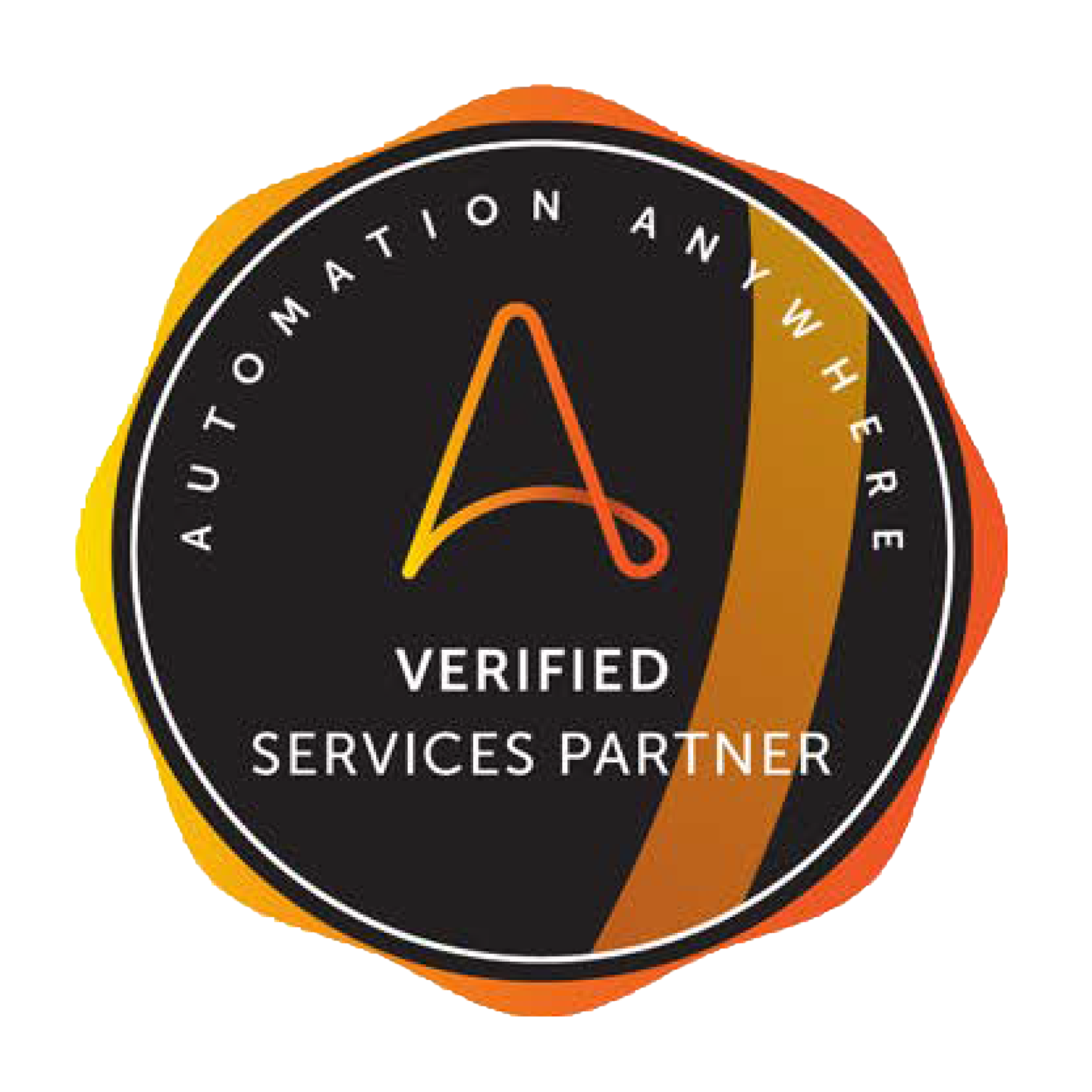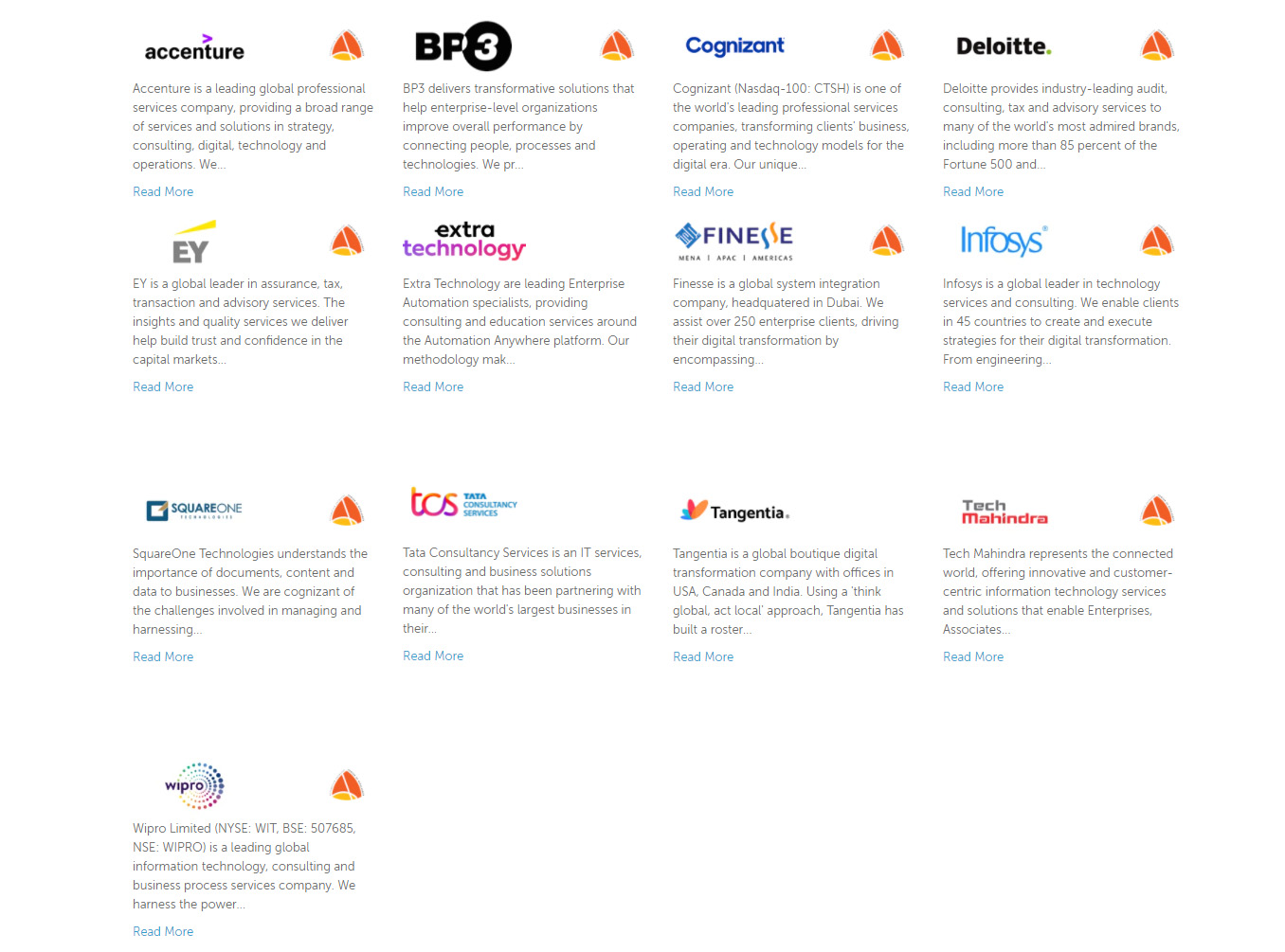Automation is taking hold in businesses across a variety of industries. Slightly more than 90% of businesses are using automation on some level. But while 90% might seem impressive, it doesn’t mean these businesses are using automation to the extent to which they can or that they are tapping every automation opportunity. In fact, many businesses are facing automation debt.
What is automation debt?
Simply put, automation debt refers to a situation in which opportunities for automation exist but are not being realized. This includes individual tasks and processes that have been identified as candidates for automation but have not yet been automated and processes that have been put on the back burner because they are not expected to deliver a high return on investment (ROI).
It also includes complete processes that have not even been assessed for automation. This is particularly the case when it comes to processes that your competitors have already automated or scaled in order to become more competitive in the marketplace.
The impact of having automation debt
The reason automation debt has been named as such is because it is a form of debt in the sense that it puts your organization at a distinct competitive disadvantage. When you are experiencing automation debt, you won’t be able to scale as quickly or efficiently as other businesses that have adopted automation. In short, if you have not made automation a priority, you are limiting your organization’s growth and ability to reach its true potential.
However, there is another impact of automation debt that can significantly affect your business and it involves your employees. Employees are at the frontlines every single day and can often identify opportunities for automation that management cannot see. These are the people you want to be putting ideas forward, but they are not likely to do so if they know their ideas will be sitting in a backlog of other ideas.
Employees may see firsthand how automation solutions are based solely on financial considerations, rather than taking into consideration the value these solutions bring to the employee on a daily basis. On top of this, employees may hear about how automation is helping their peers at other companies. The result of this is a lack of engagement and a lack of enthusiasm for automation that can hinder future automation efforts.
How to eliminate automation debt
There are two key components to eliminating automation debt. The first of these is to bring employees on board right from the beginning. Ask them to offer up their suggestions of what processes would benefit the most from automation and take the time to assess these suggestions based on both value to the employee and to the organization as a whole.
Keep in mind that these employees may be very keen to learn new skills and have some of their repetitive daily tasks automated so they can find new ways to contribute to the success of your organization. When they are involved in automating key processes within your organization, everyone wins.
The second component that is required for a successful automation program is the ability to act quickly to bring automation into your organization. This will require you to have a solid understanding of your requirements and the best practices that will help you achieve your automation goals.
Having an automation partner who can work with you to create an automation plan is an important part of successful automation. They will help you identify the processes that are top candidates for automation, such as accounts payable, invoice processing, and employee onboarding. They will also be able to help you develop, deploy and maintain your automation solution so that you will be able to effectively scale it when needed.
The time to get out of automation debt is now!
Connect with Tangentia today and speak with one of our experienced team members about how we can help you eliminate your automation debt and build an automation solution that will ensure you remain at the top of your game.
CONTACT US




















































